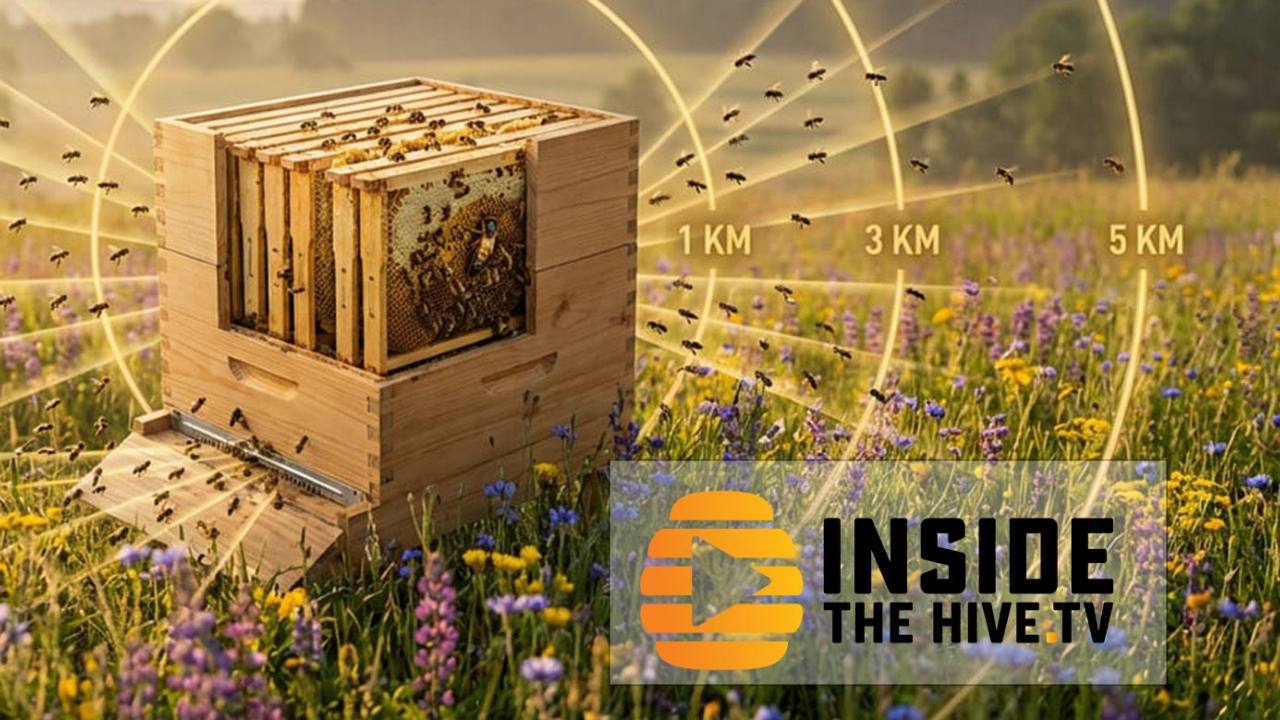The Devil's Way to Kill Honey Bee Mites

Hello Insiders,
A while ago, many of you asked me about different ways people around the world were dealing with honey bee mites—whether Varroa or Tropilaelaps mites and other pests.
Instead of giving direct answers—something I never do anyway—I created a new challenge inside the Academy. This challenge guides everyone willing to put in the work to learn how to find scientific articles using free resources on the internet.
I hope you understand why. As an educator, my mission is to help people become independent learners.
In these challenges, students navigated different resources and databases, discovering fascinating articles about mites and other topics they wanted me to cover in videos and writings.
While some articles required extra steps to make them fully comprehensible for non-scientists, we're making steady progress in breaking down the information.
By the way, these challenges are available to Academy members (Worker Bee tier and above) and premium newsletter subscribers. If you're wondering how to access them, just let me know—I'm happy to guide you.
One of these articles inspired my next video:
The study, conducted in the vibrant landscapes of Thailand, brings together traditional methods and modern science in the fight against this emerging threat to global beekeeping.
Led by Dr. Jeff Pettis, former USDA Bee Lab research leader and current Apimondia president, in collaboration with Maejo University researchers in Thailand, the study evaluated both chemical and cultural control methods for managing Tropilaelaps infestations. The research carries particular significance as experts warn about the potential spread of these mites to the United States, which could severely impact the beekeeping industry.
Key Findings
The research team tested multiple treatment approaches:
- Formic acid strips (Mite-Away Quick Strips)
- Powdered sulfur (a traditional Thai method)
- Hopguard (plant-based treatment)
- Apivar (Amitraz-based strips)
- Cultural control through colony splitting
Among the chemical treatments, formic acid emerged as the most effective solution, successfully reducing mite populations while maintaining colony strength. While sulfur and Hopguard significantly reduced mite numbers, they also weakened the colonies by decreasing adult bee populations. Surprisingly, Apivar proved ineffective in this study. However, I just spoke to Dr. Pettis, and new information about Apivar might be coming soon with a different formulation. Stay tuned for the livestream next month.
The Cultural Approach
Perhaps one of the most interesting findings was the success of the cultural control method. By simply splitting infected colonies into nucleus colonies, researchers observed significant reductions in mite populations in both parent and daughter colonies. This demonstrates that working with the bees' natural behaviors can be an effective part of mite control strategies.
Looking Ahead
If you're interested in learning more, Inside the Hive TV will host a livestream featuring Dr. Pettis, where we'll discuss this research, Apimondia, and other crucial topics in bee health. While the date hasn't been set yet, you can stay informed by subscribing to our channel's newsletter.
Future Videos:
I'm still working on a couple more videos about gut microbiome and potential medical benefits of honey, since many of you have been asking about it. Don't worry—I haven't forgotten them. I just need to make sure I can fully back up my claims. Stay tuned.
If you're a premium subscriber, you'll find a first-hand video about Dr. Pettis's article below.
Thanks for your support,
Humberto.






